CONTEXT:
Siesta is the outcome of my Bachelor of Design with Honours thesis. Having travelled to and from Europe prior to the beginning of my final year of study, this inspired me to identify a problem and area of opportunity in the air travel industry.
DESIGN:
Through careful selection of material, Siesta invites and welcomes people to put on a headset that encourages people to experience VR. Siesta also explores future technologies that the VR industry is likely to adopt such as a curved screen which increases the field of view from 120 degrees, to a more immersive 180 degrees. With ease of use in mind, Siesta has also been designed so that the mask and strap can be easily replaced in-between use.
PROBLEM AND OPPORTUNITY
The in-flight entertainment system has not changed drastically in the last 30 years. The "seat-back" screens have been the mainstay of the flight industry. I identified an area of opportunity where Virtual Reality could be exploited to reimagine the way we fly beyond entertainment.
In a survey I produced, results showed the most significant issues people faced on medium to long-haul flights. These results further influenced my project to further explore the potential of VR to improve the flying experience.


IDEATION

Concept with panels folding out of a headphone band


Concept for single visor-like panel that can fold up and down from headphones
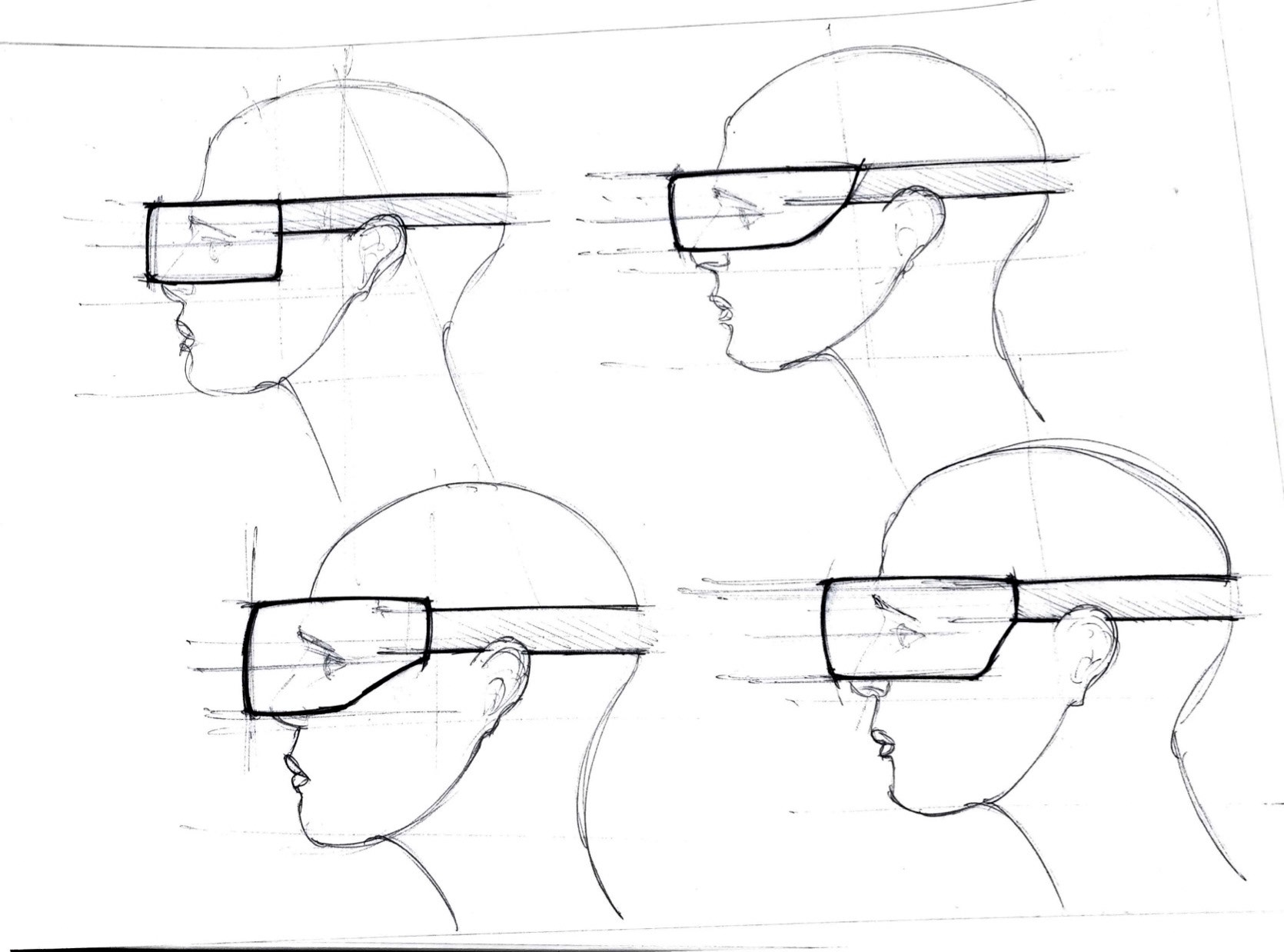
Form exploration



Most technically feasible concept with curved screen design
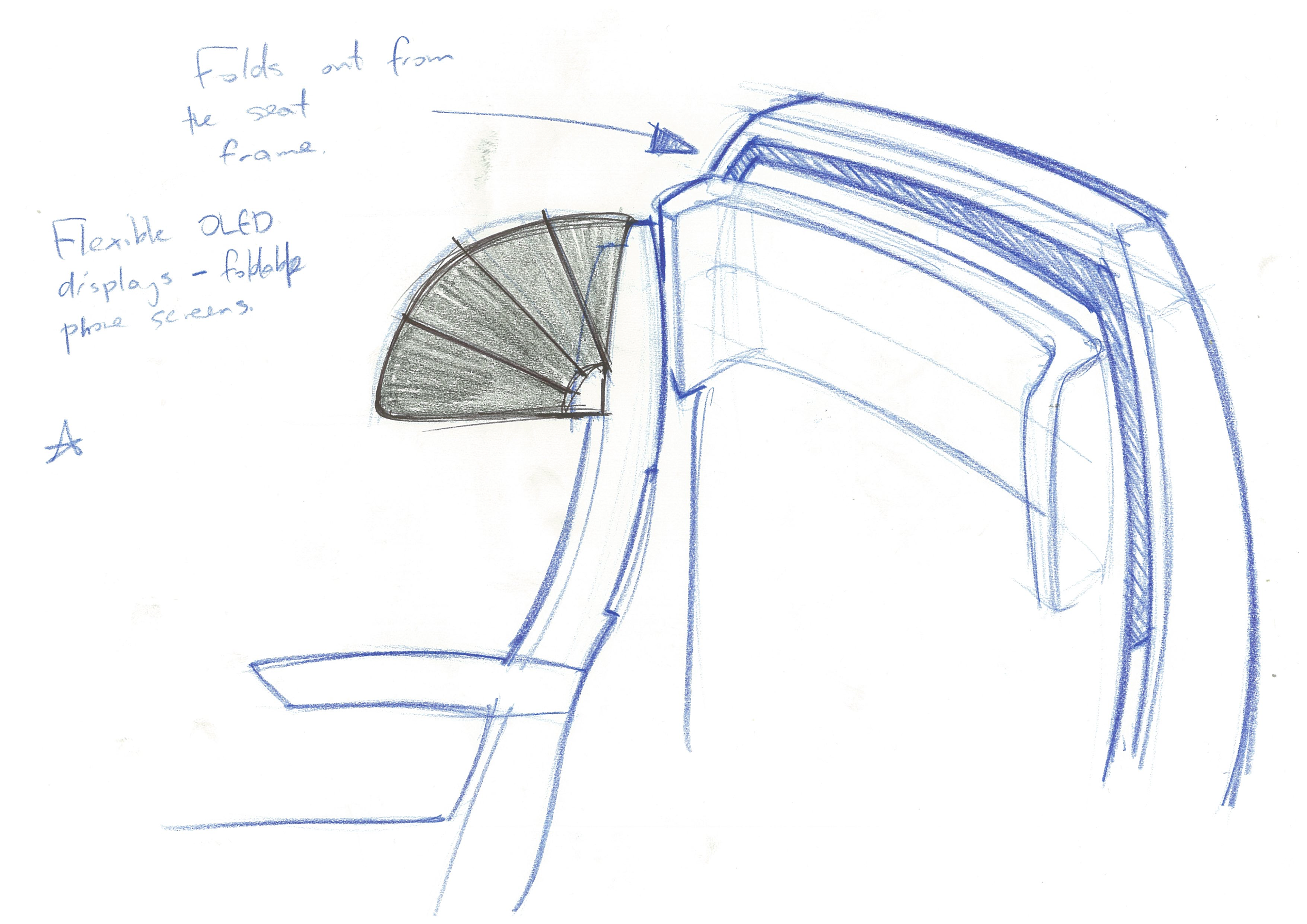
Exploring a concept where panels fold out of the seat
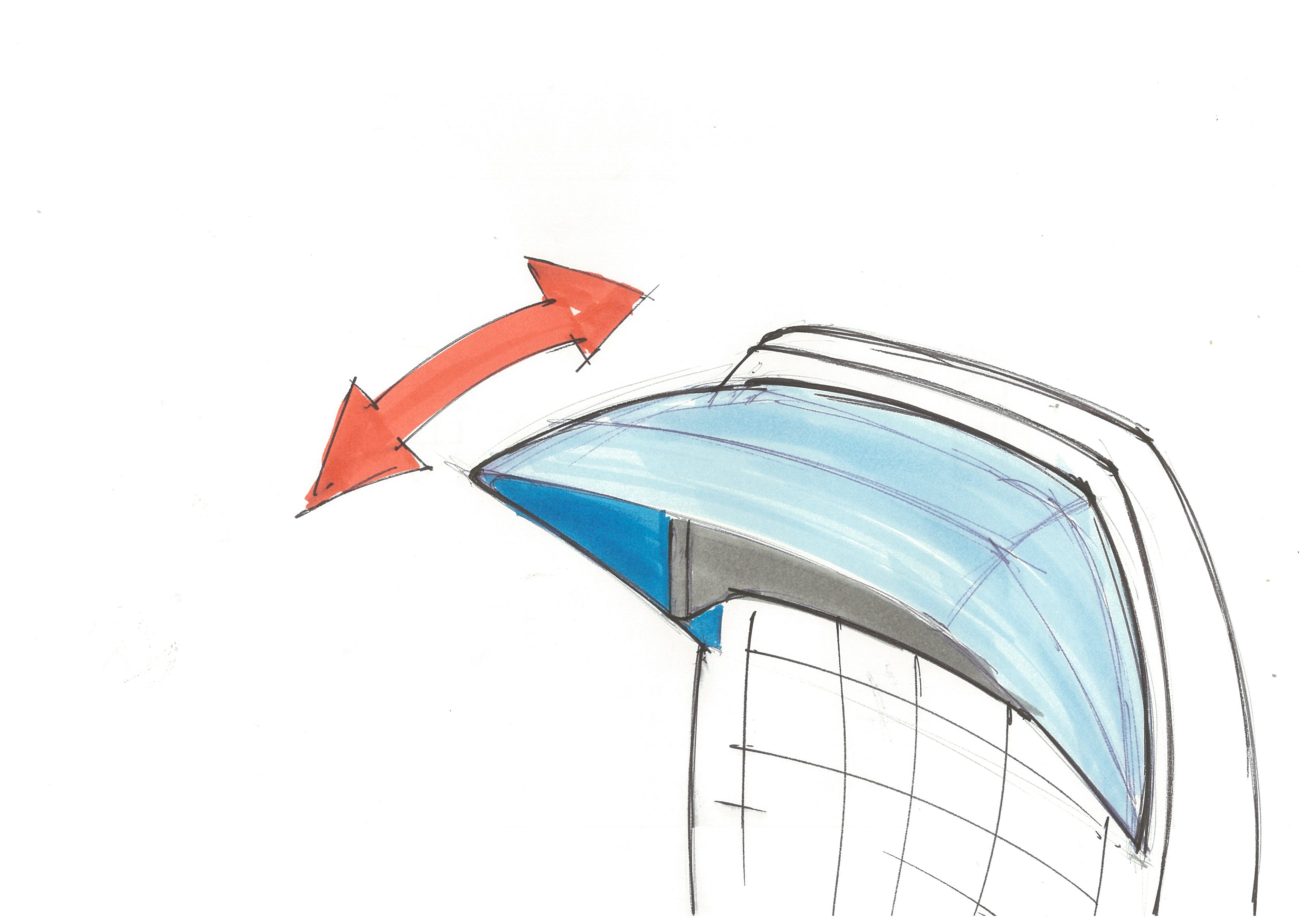
Multiple screen panels folding out into one from an airplane seat
MATERIAL
DIRECTION // INSPIRATION







INITIAL VISUALISATION








PROTOTYPING
I created a mock-up of the form of the headset as well as the smallest economy class seating arrangement. This allowed me to realise any challenges that users may face while being in close proximity with others.








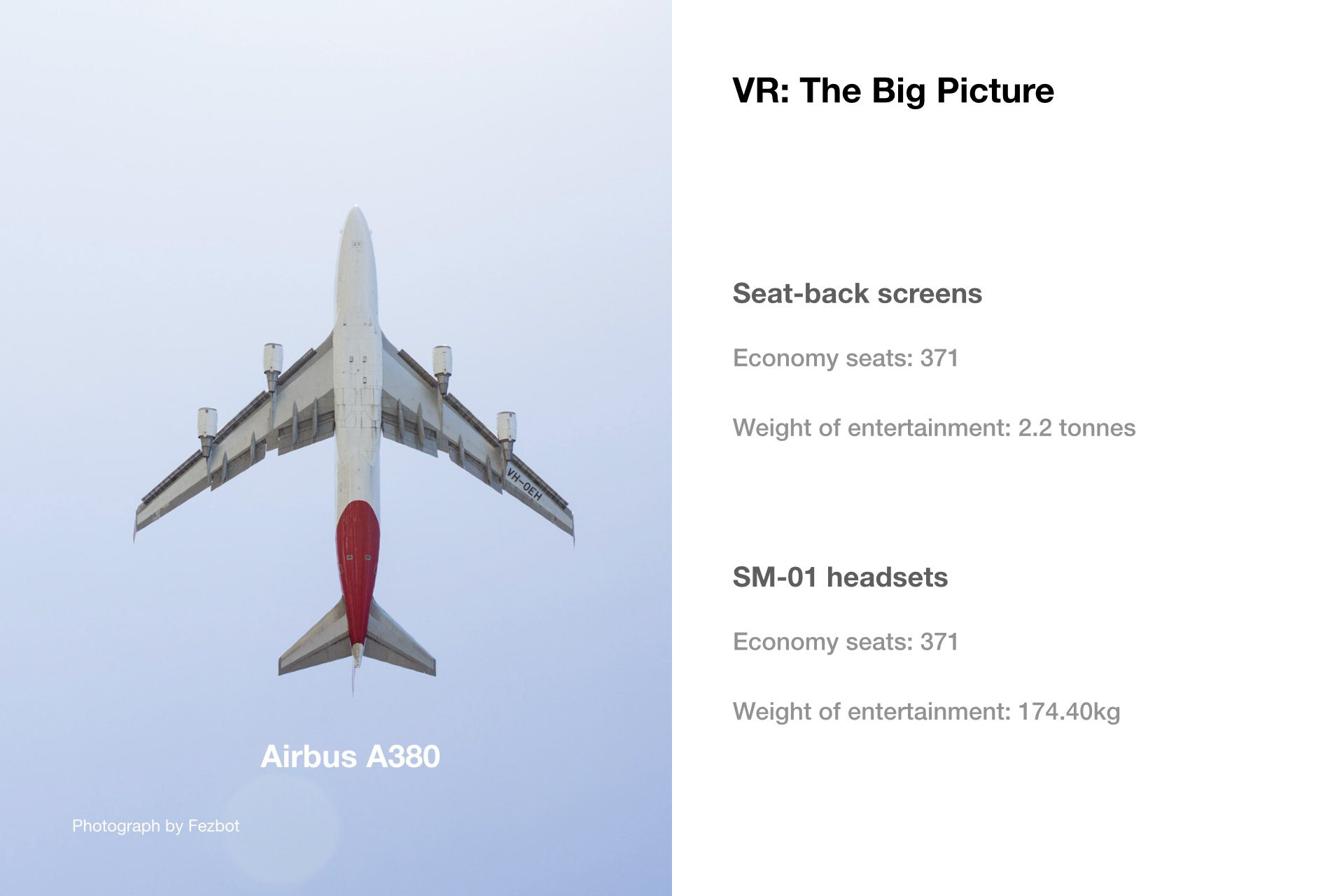


CAD MODEL - RHINO 3D

Early stage of the CAD


The CAD acknowledges components and how they can possibly fit into the design.



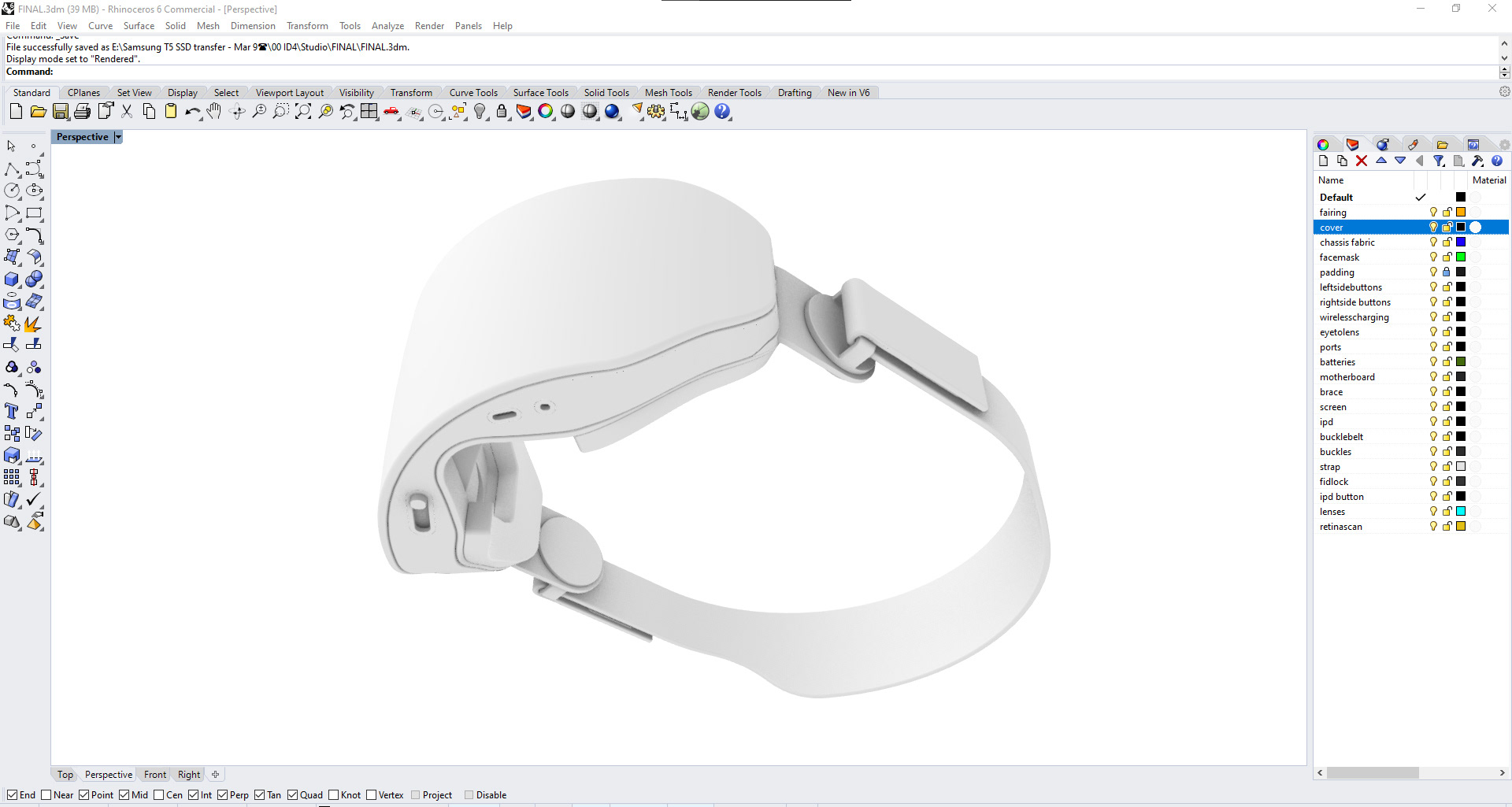

FINAL MODEL RENDERS - KEYSHOT

Merino wool, along with its purposeful properties, creates a soft and inviting approach toward virtual reality headsets.


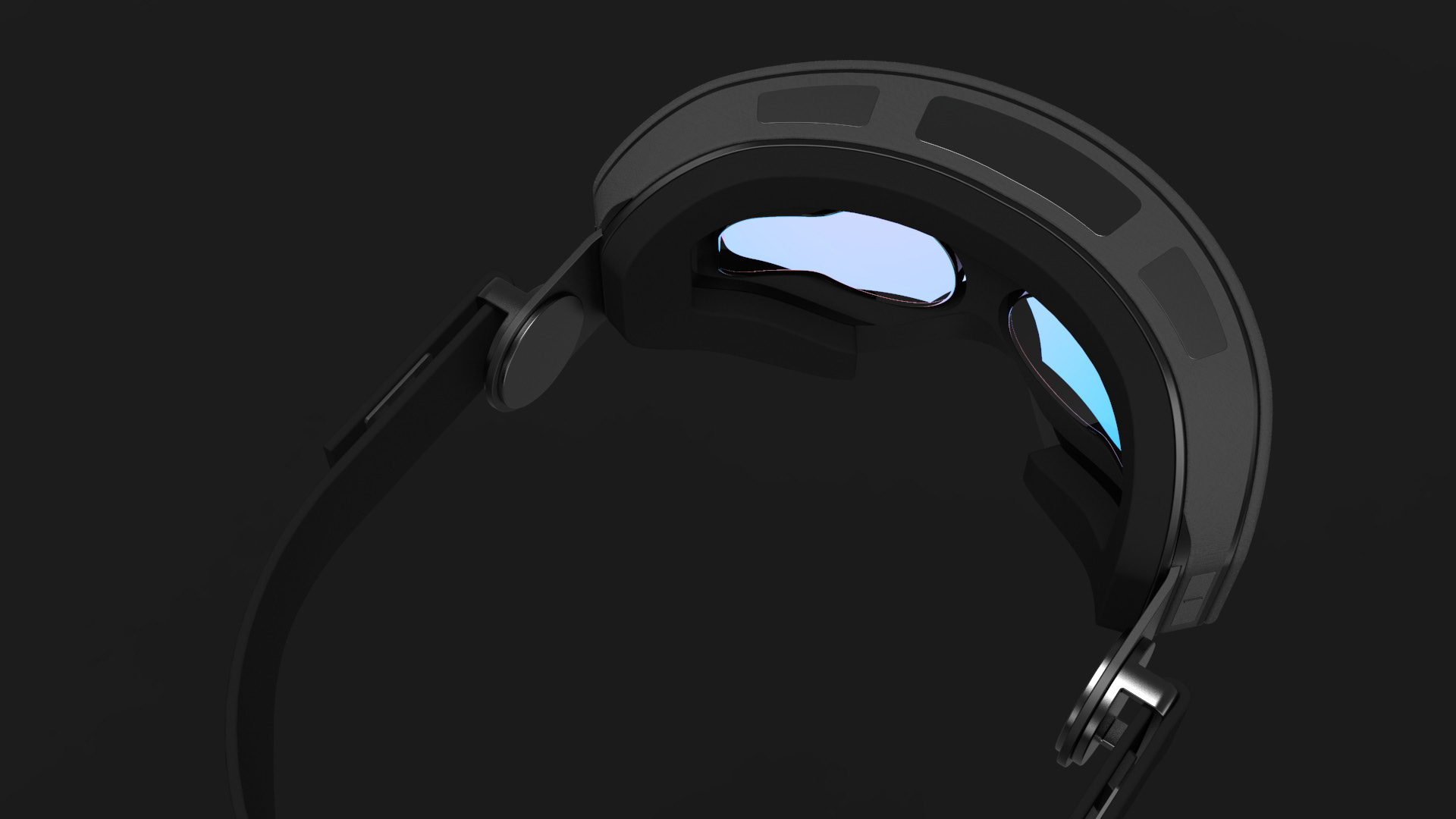

A scanner senses when the user's eyes are closed and turn off automatically so save power

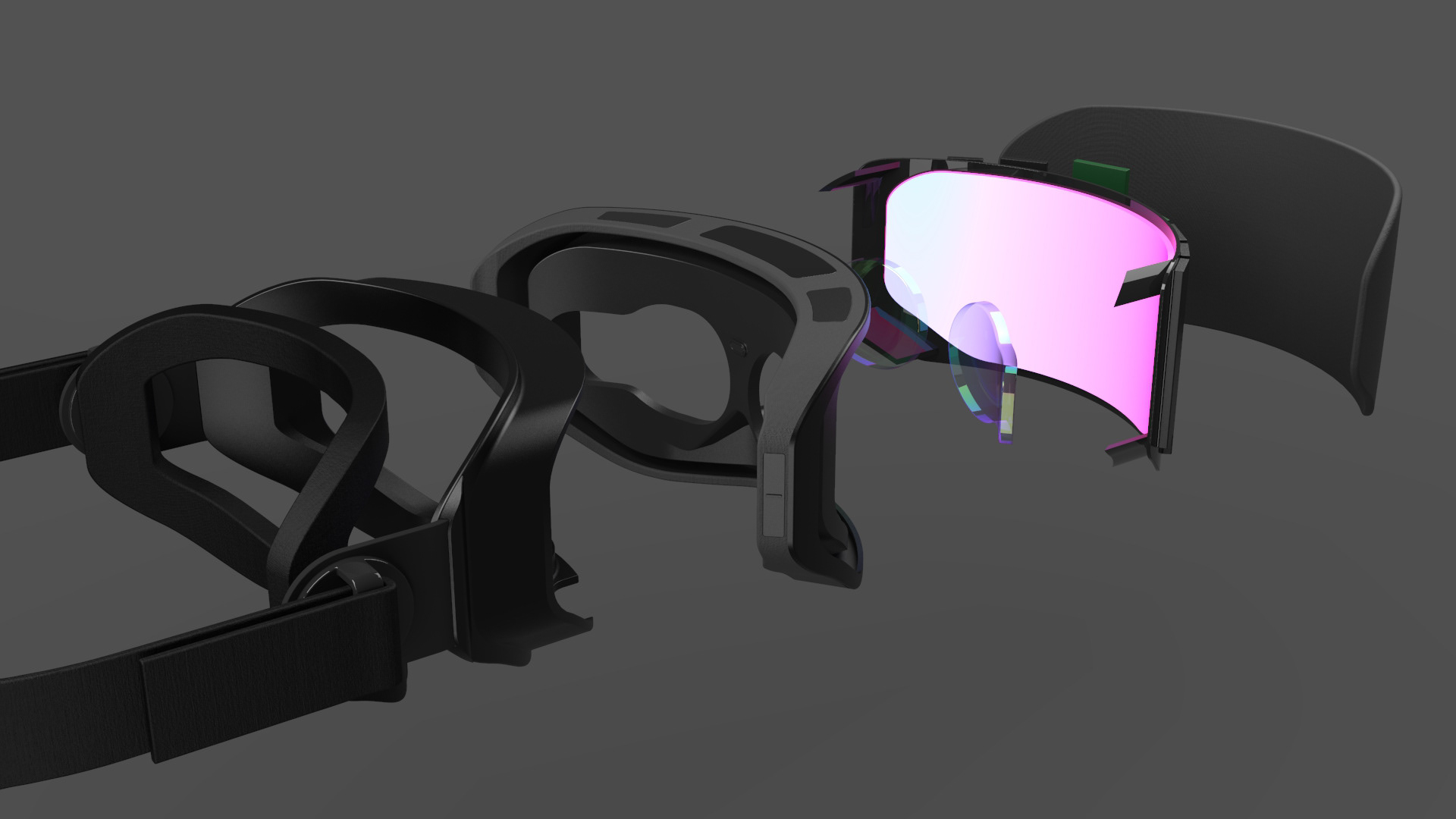
Exploded view of components and assembly


The facial foam padding is covered with merino wool for hygienic and comfort purposes



Touch controls on the right side for scrolling up/down


Button interface on the left side

The headset allows for lens to eye distance adjustments to allow usability across a wide percentile of users
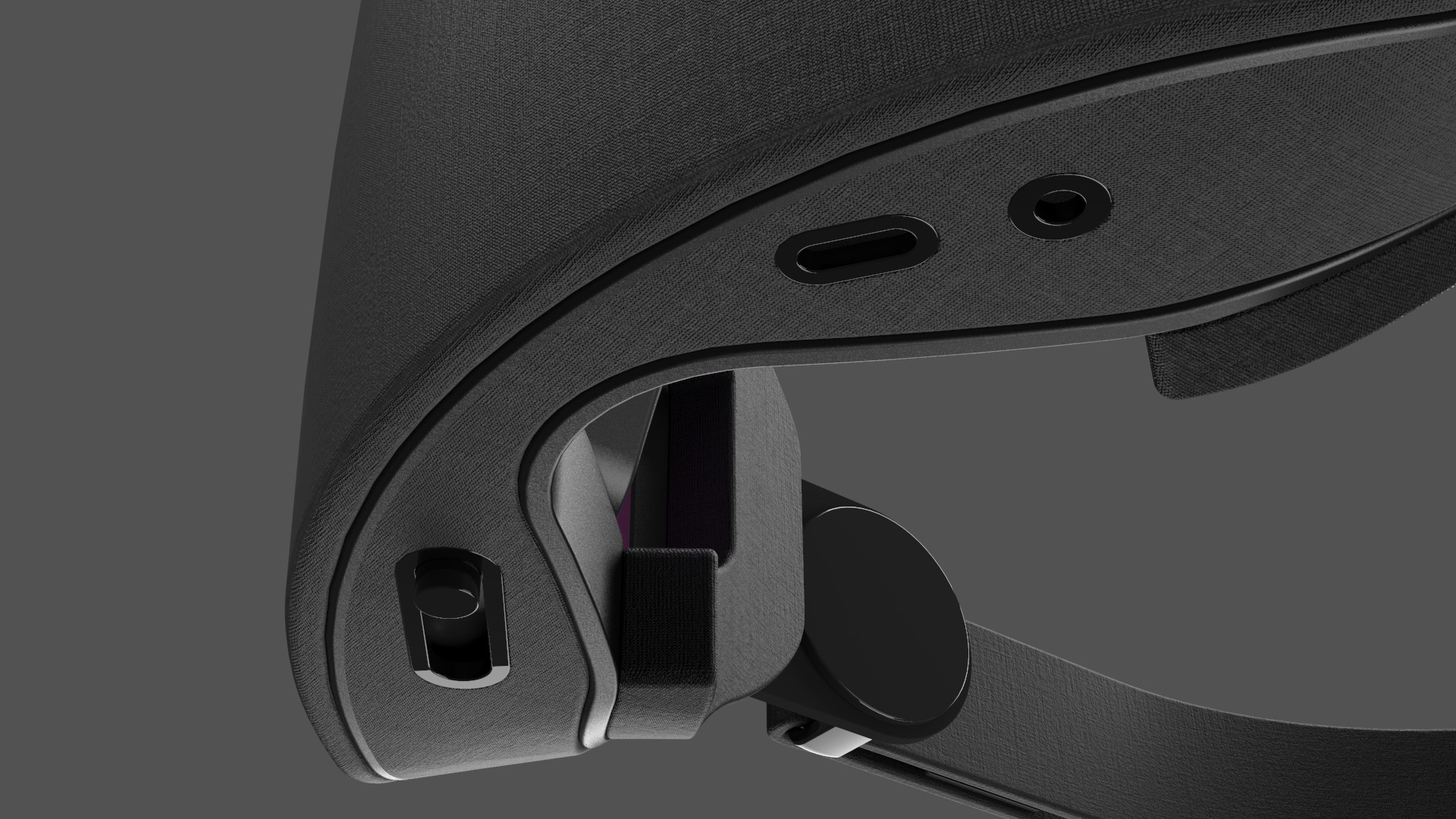
USB-C and 3.5mm audio jack inputs
FINAL PRODUCT - PHYSICAL MODEL




USER EXPERIENCE VIDEO
Siesta was designed so that the merino padding and straps could be conveniently replaced after each flight making the process as efficient as much as possible without having to compromise on hygiene and safety.






